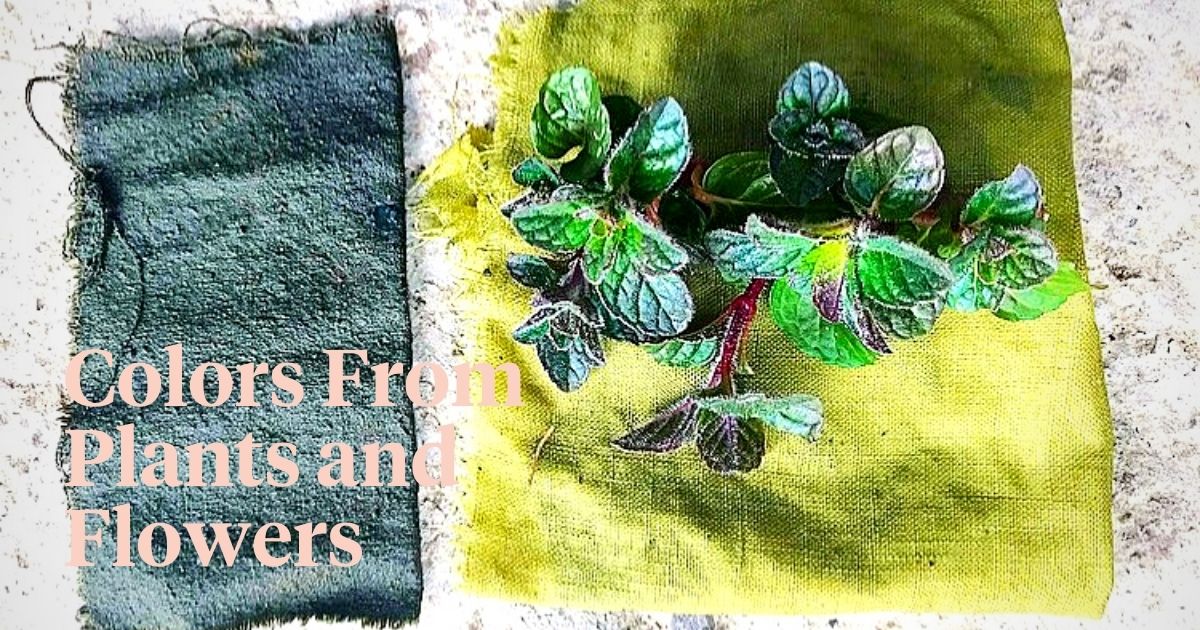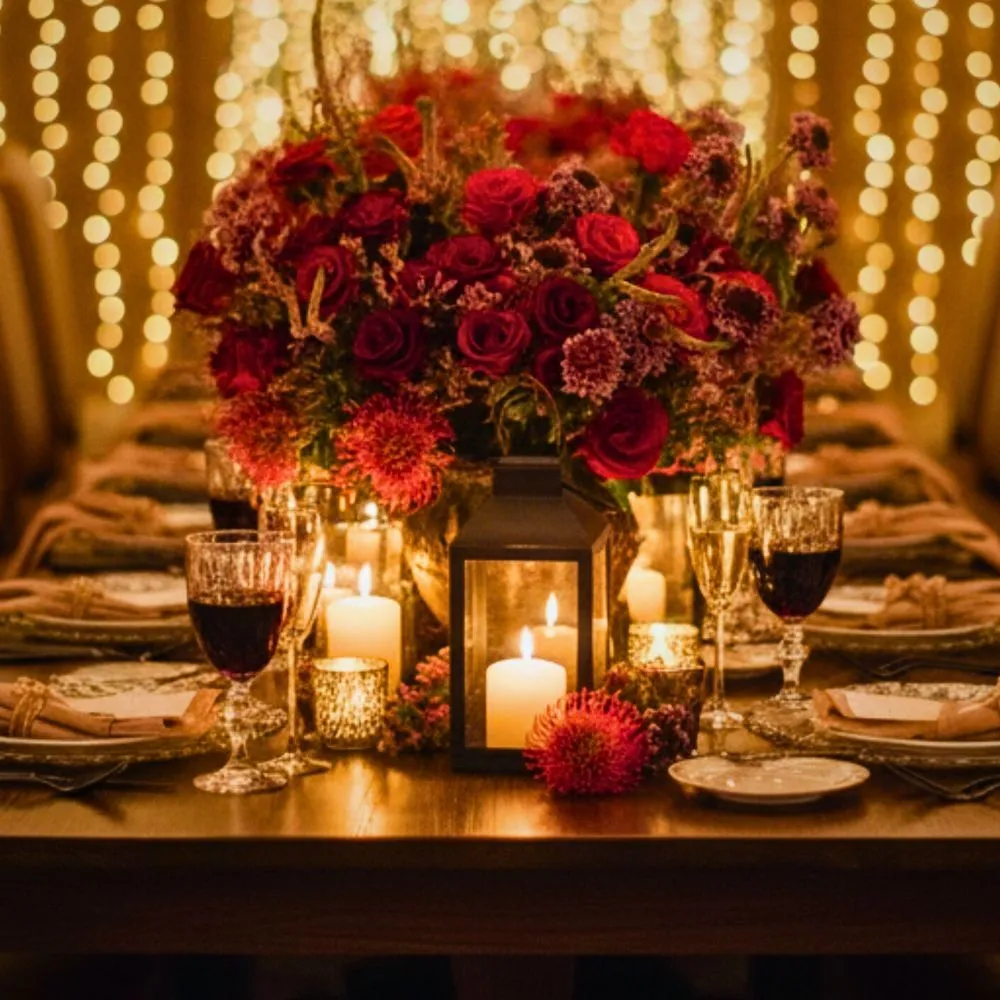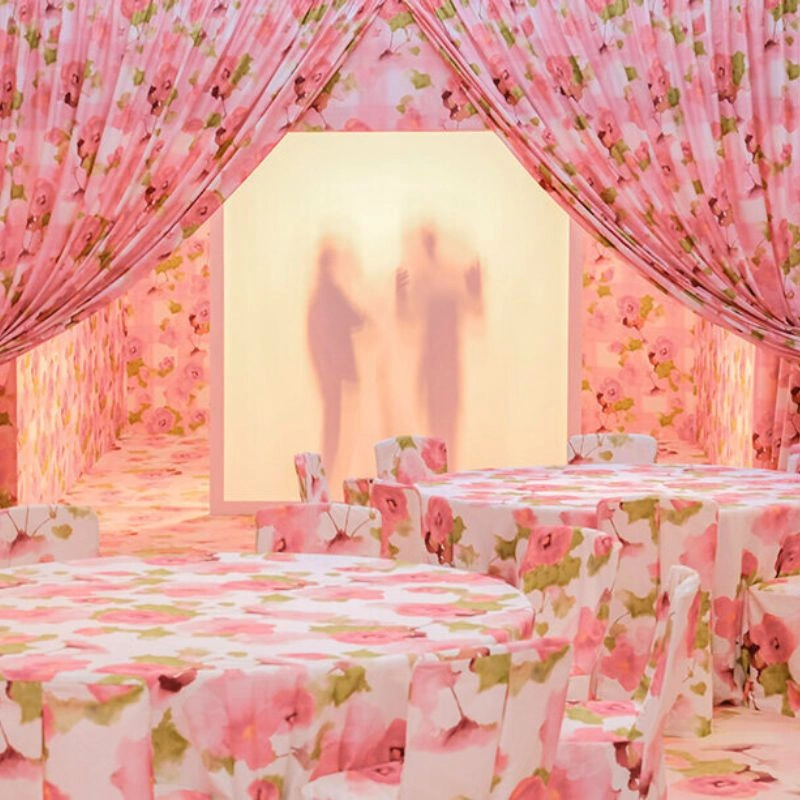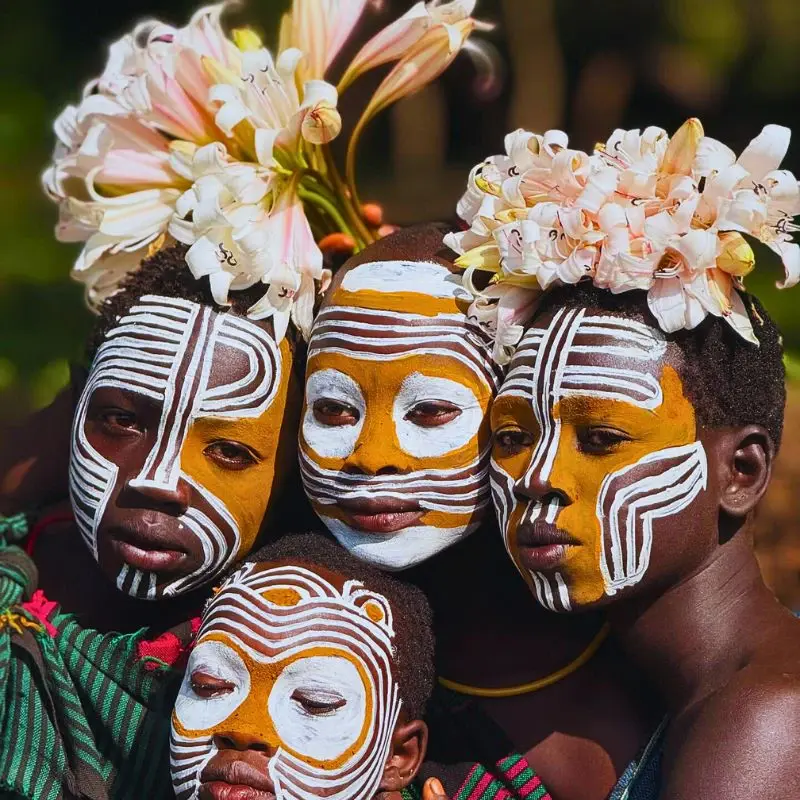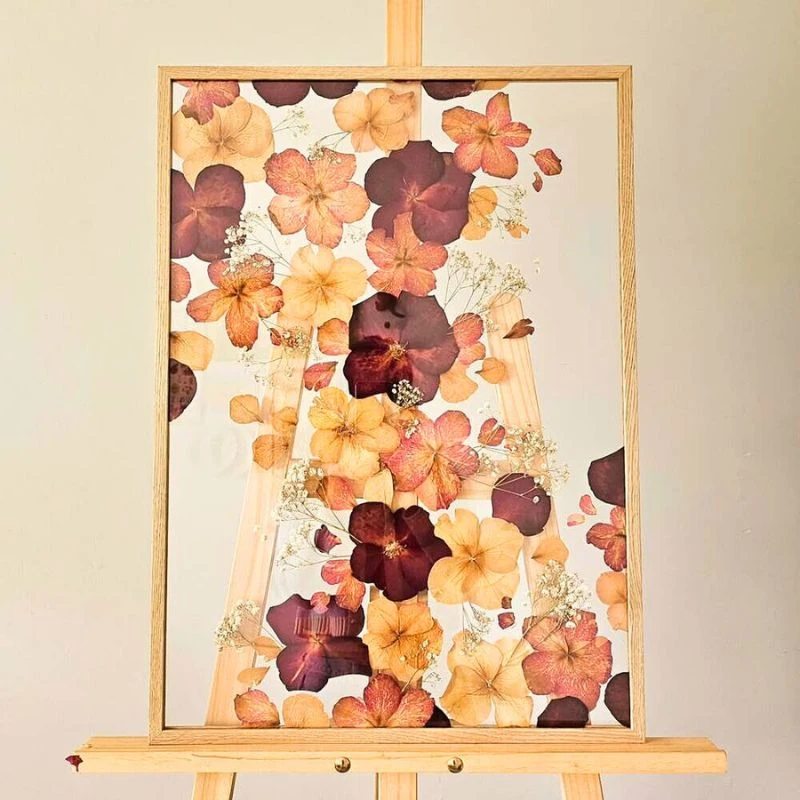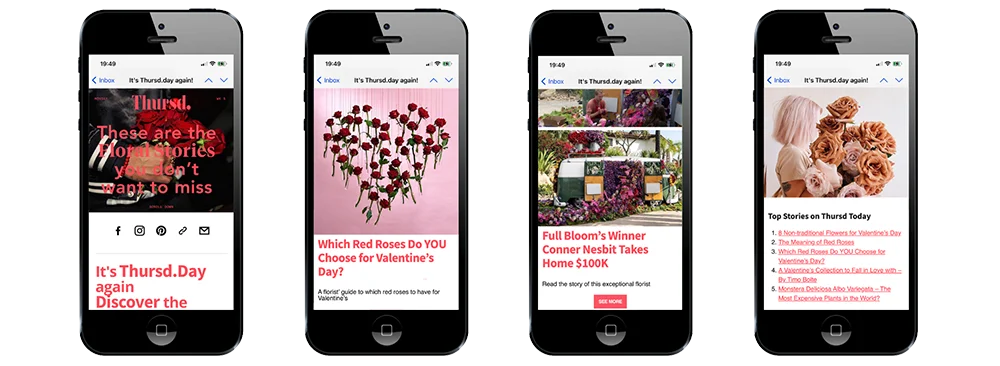The alchemy of the natural world occupies many of Sasha Duerr’s daily thoughts. For this California-based artist, designer, and educator, the world of plants and the myriad colors that can be extracted from them, provide an endless source of inspiration, wonder, experimentation, and play. An author of several books on the subject of natural dyeing and a passionate voice for slow-fashion and regenerative design, Sasha is widely regarded as one of the leading voices within the world of plant-based palettes.
She has a deep-rooted passion for nature and a commitment to ecological practices and continues to make significant contributions to the world of sustainable fashion and textiles through her innovative work with plant-based dyes. Sasha is, essentially, a pioneer in the field of natural color with expertise in creating vibrant and diverse palettes from organic materials. This practice has gained widespread recognition and praise. Through her books, workshops, collaborations, and extensive research, she is revolutionizing the way dyes are perceived and utilized in the fashion industry.
Sasha Explores the World of Natural Plant-Based Dyes
Sasha, who is also a professor, is known for her work with plant-based color palettes. In fact, she is at the forefront of the slow fashion movement, which is a form of sustainable fashion and has been recognized for her work in this field.
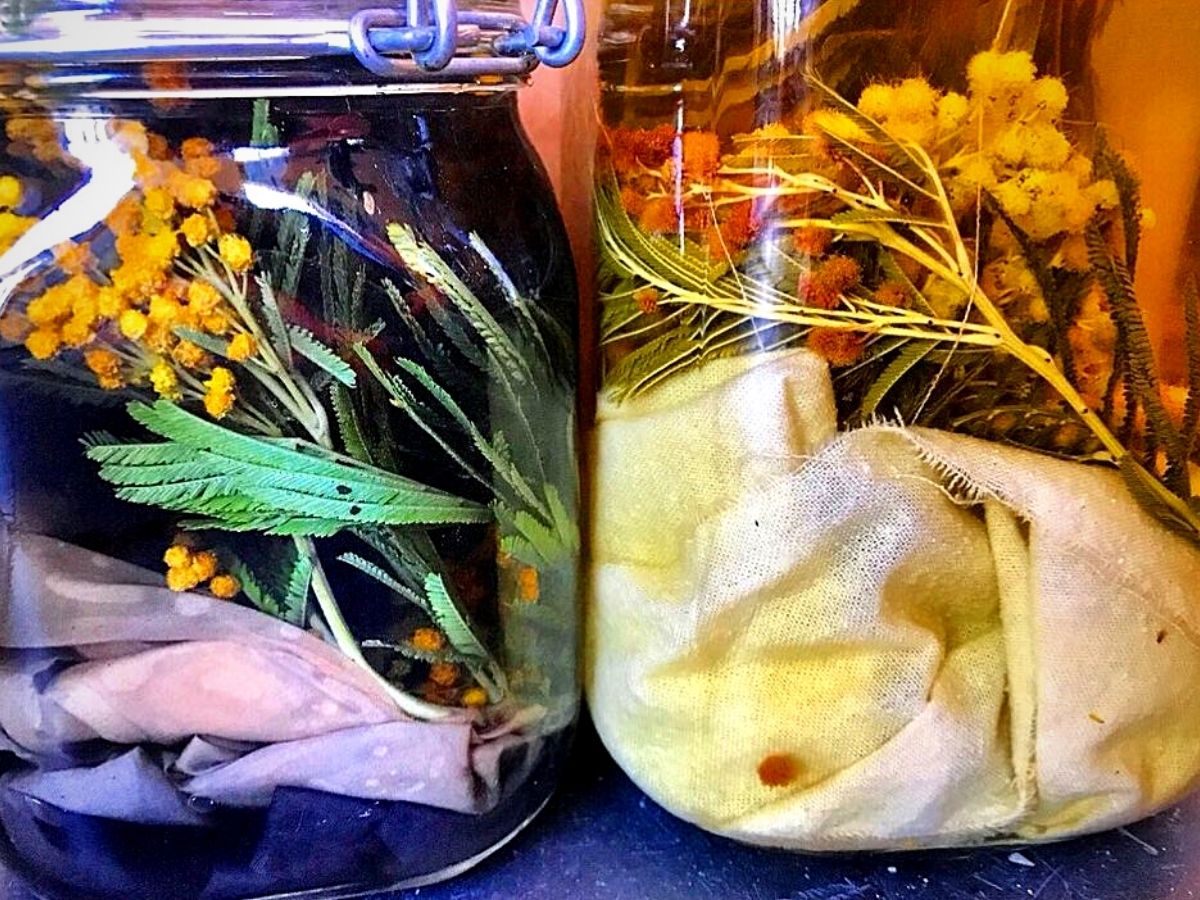
Sasha explains her fascination with plants and plant-based dyes:
"I was fortunate to grow-up spending most of my time outside, splitting every six months for a few years as a child between the northern coastal woods of Downeast Maine and the volcanic rainforests of the Big Island of Hawaii. Connecting with these very different ecosystems at a very early age deepened my love, respect and relationship with plants."
Her approach is both ancient and modern and thoroughly in tune with the times. It points towards nature as a source of inspiration; using botanicals to create subtle, painterly hues. She centers her practice and research on the collaborative color potential of weeds, food and floral waste, and local and seasonal ingredients.
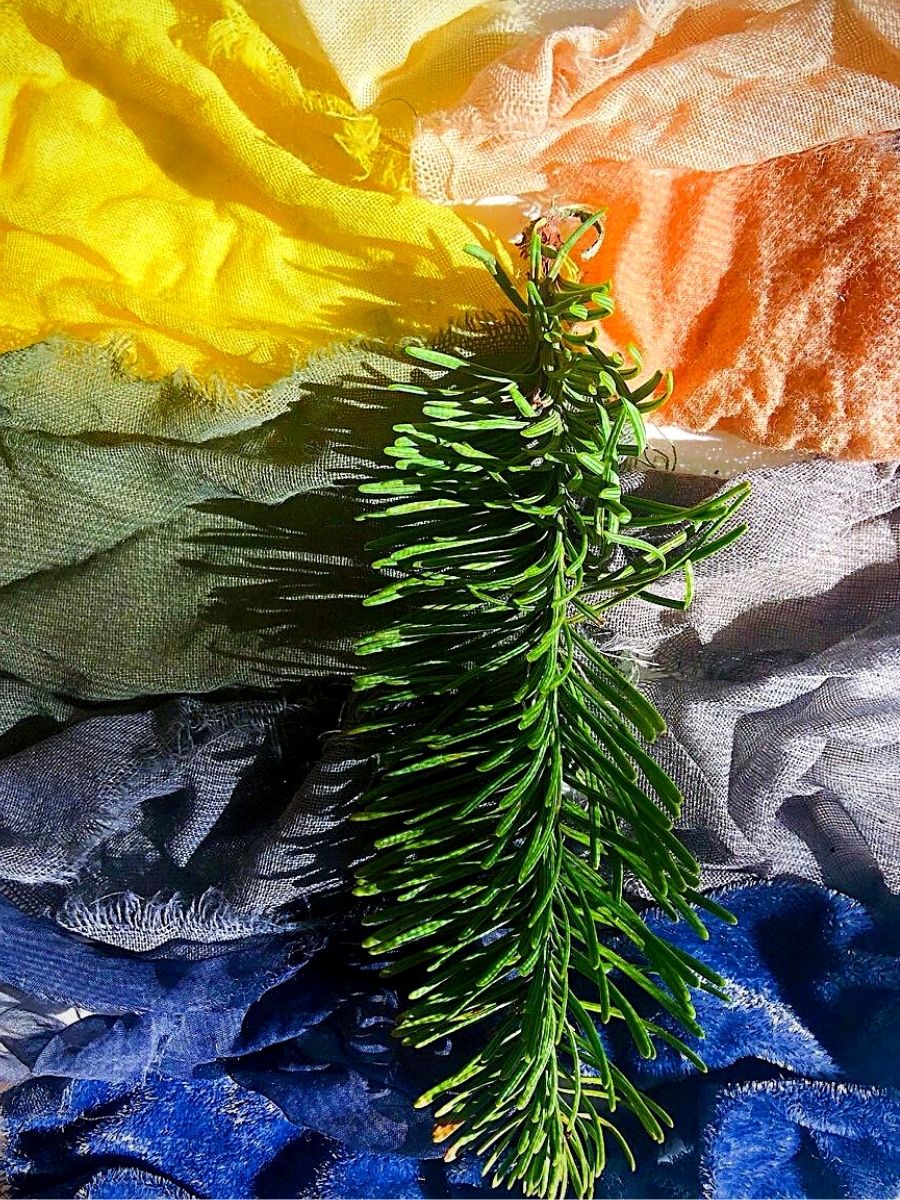
Sasha’s journey into the field of natural dyes began with a fascination for the potential of weeds, food, floral waste, and locally sourced ingredients to create beautiful and sustainable colors. In harnessing the power of plants, seaweed, and other natural materials, she has opened up a world of possibilities for eco-friendly dyeing processes through an approach that involves the transformation of usually overlooked and discarded resources into valuable pigments. This enlivens old fabrics and reduces waste.
On why she appreciates plant-based colors, Sasha says:
"There is so much uniqueness in plant-based color. Some of the attributes of natural dyes or natural colors that the industry looks at with disdain are actually inherently what make them beautiful."
In view of that, the innovative artist’s ecologically sound approach is deemed invaluable in making better ecological choices and staying in tune with the cycle and offerings of nature. These feats, she achieves through her commitment to using natural materials and sustainable methods.
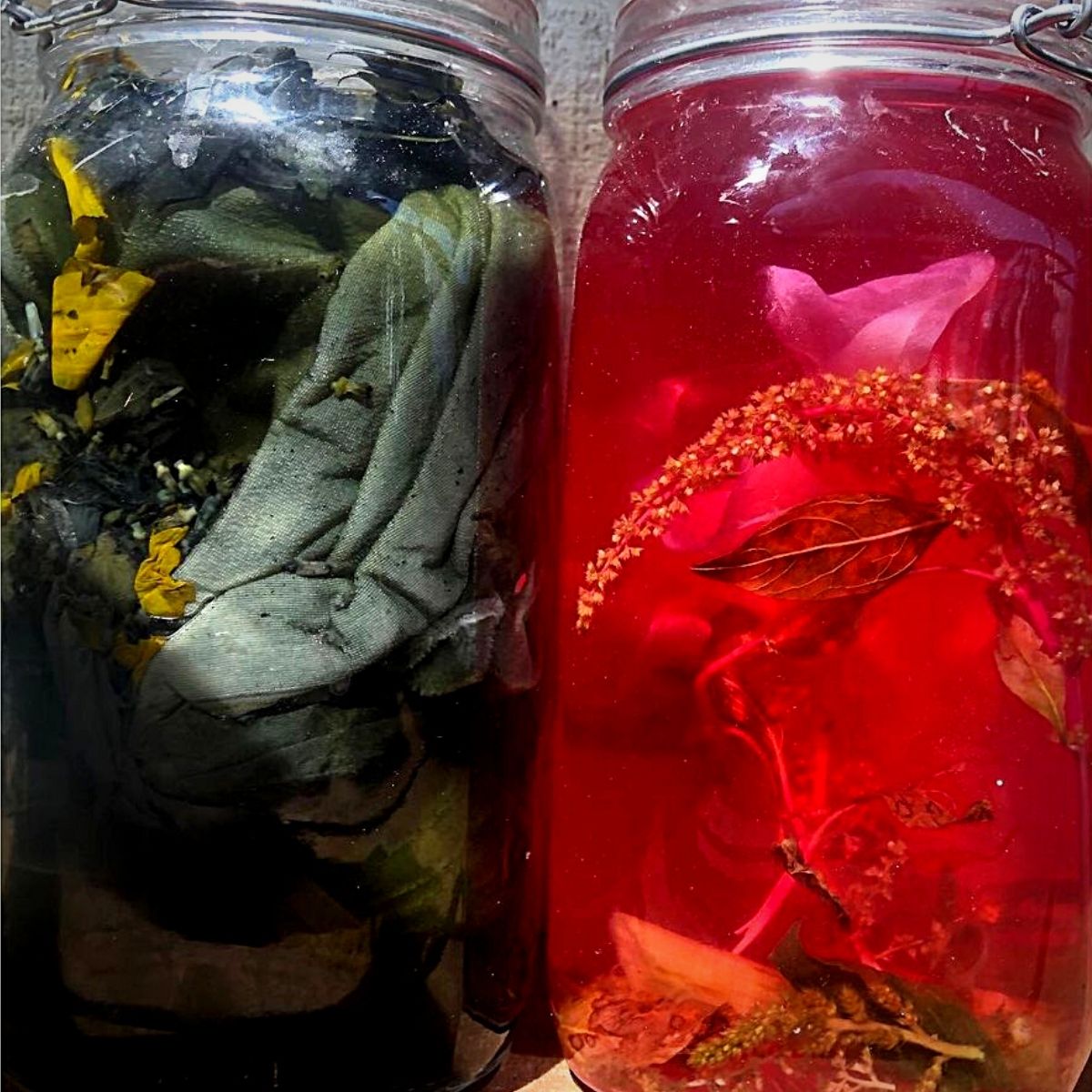
Creating and working with dyes made from plants, seaweed, and other natural materials, according to her, can potentially increase people’s ecological and botanical knowledge, nurture a collaborative attitude, and have a beneficial impact on ecosystems.
Sasha:
"In my practice as an artist, I am always fascinated by natural color and its ability to surprise. Brilliant hues can be found in everyday surroundings – from compost colors after dinner with friends, to a rainbow produced from the weeds we pass by every day without a second thought. There are so many ways in which working with natural color can connect us deeply to people, place, and to the planet. I’m constantly aware that I am working on nature’s schedule, not just my own. This allows me to be directly involved with the natural world, communities and individuals, as well as with a plant life-cycle in relationship to my own."
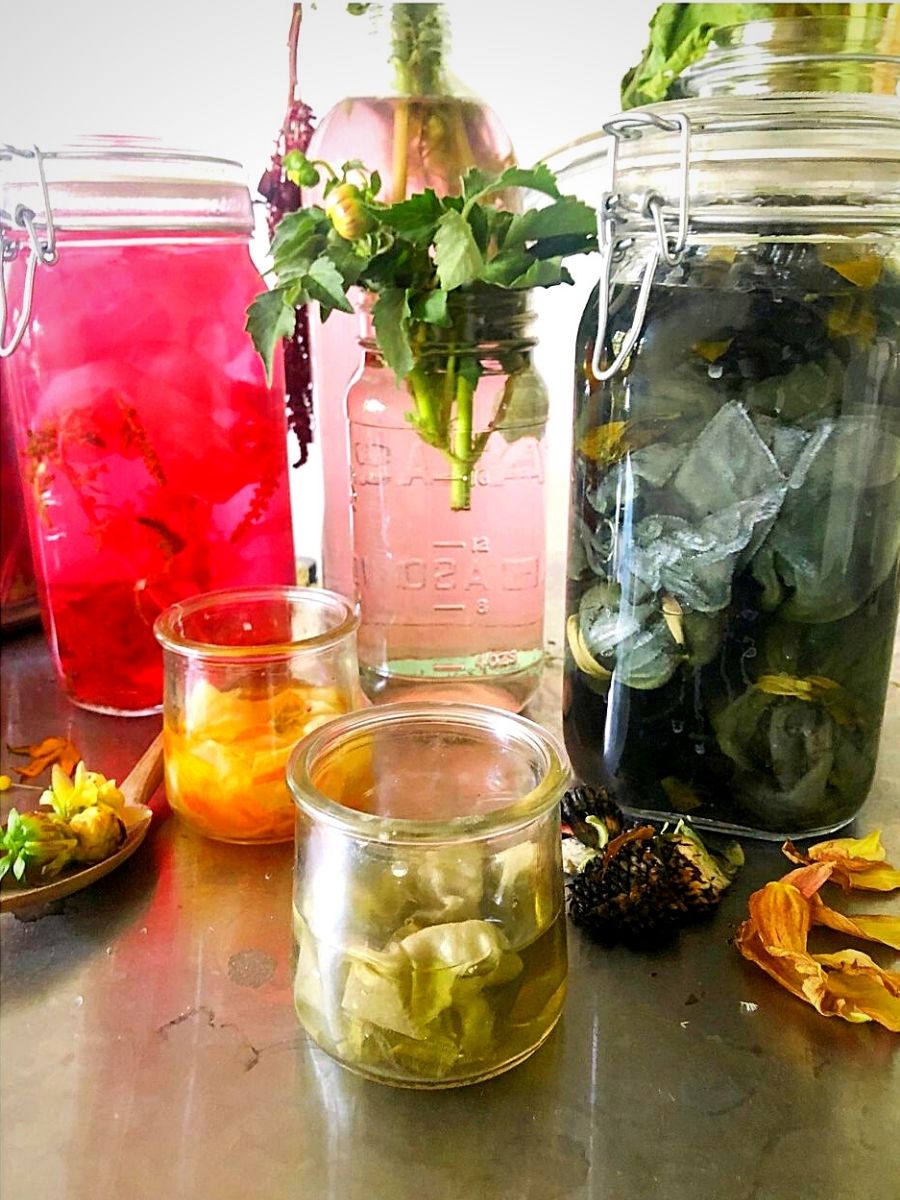
And with these efforts, she contributes to the world of sustainable dyes, laying the foundation for a more conscious and environmentally friendly fashion industry that embraces natural materials and adopts regenerative practices. These efforts also showcase the great potential of sustainable color creation in beauty and creativity.
What Materials Does She Use to Achieve This Feat?
Sasha’s creative process involves harnessing a wide range of plant-based materials to create vibrant and sustainable colors. These materials include:
Weeds and Invasive Plants
With these, she demonstrates the potential of unwanted plants found in people’s surroundings to create colorful dyes. In this regard, common weeds and invasive species, such as sour grass, can be transformed into striking colors. This idea creates a paradigm shift, encouraging people to use these often overlooked resources. Her concept basically encourages a shift in perception and highlights the value of these plants in making sustainable dyes.
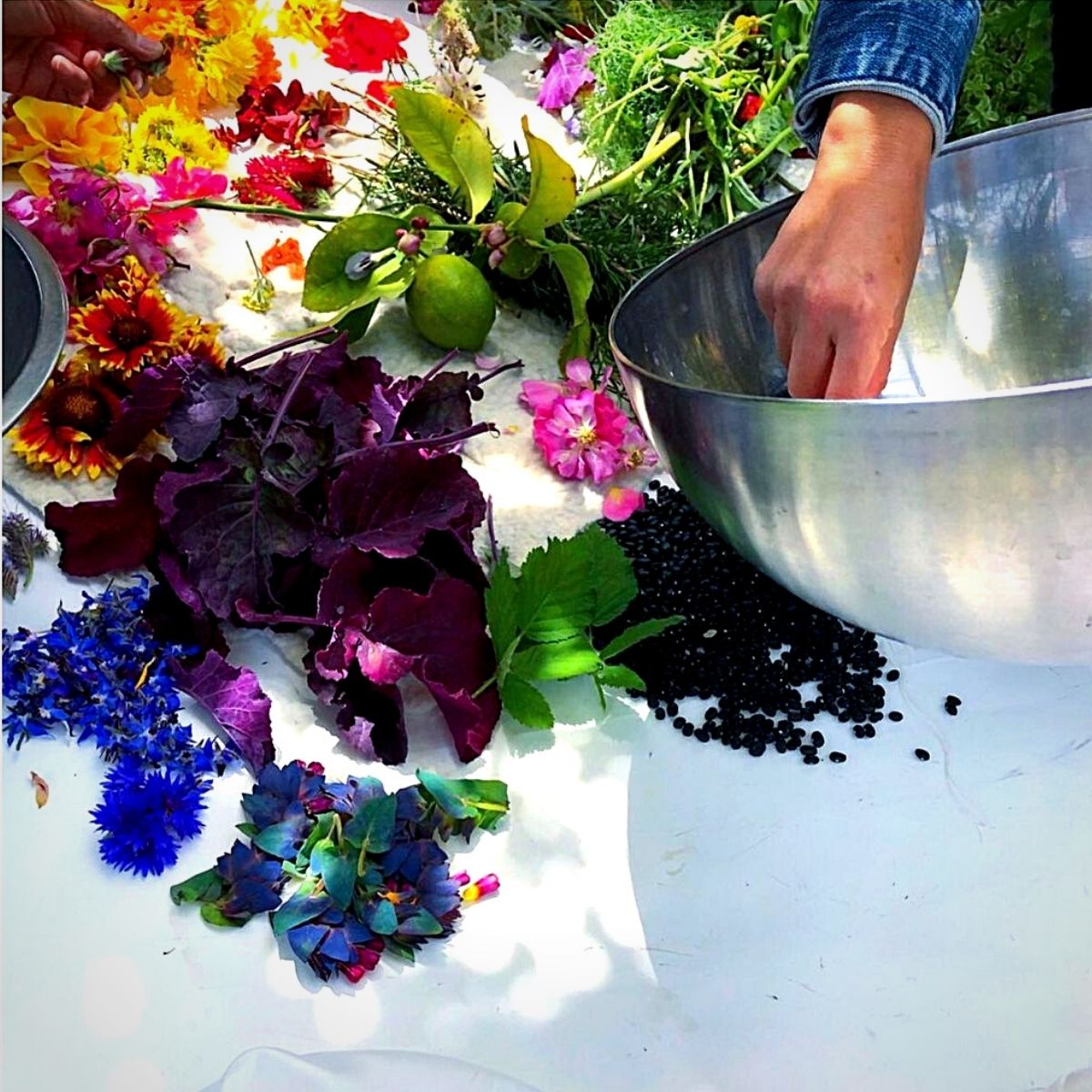
Leaves and Flowers
Leaves and flowers from various plant species contribute to Sasha’s diverse color palette. Examples include eucalyptus leaves, which offer a range of earthy tones, and loquat leaves, which provide vibrant yellows. Her deployment of these natural plant resources showcases the broad spectrum of colors that can be derived from natural sources.
Redwood Cones
Sasha incorporates Redwood cones, a natural byproduct of the majestic Redwood tree, to create unique and earthy hues. These cones offer a deep brown color and add a touch of natural beauty to the dyeing process.
Seaweed
As an advocate for sustainable practices, Sasha also explores the use of seaweed in her dye-making process. Seaweed can yield a range of beautiful colors, from subtle greens to rich blues, expanding the possibilities for sustainable dye creation.
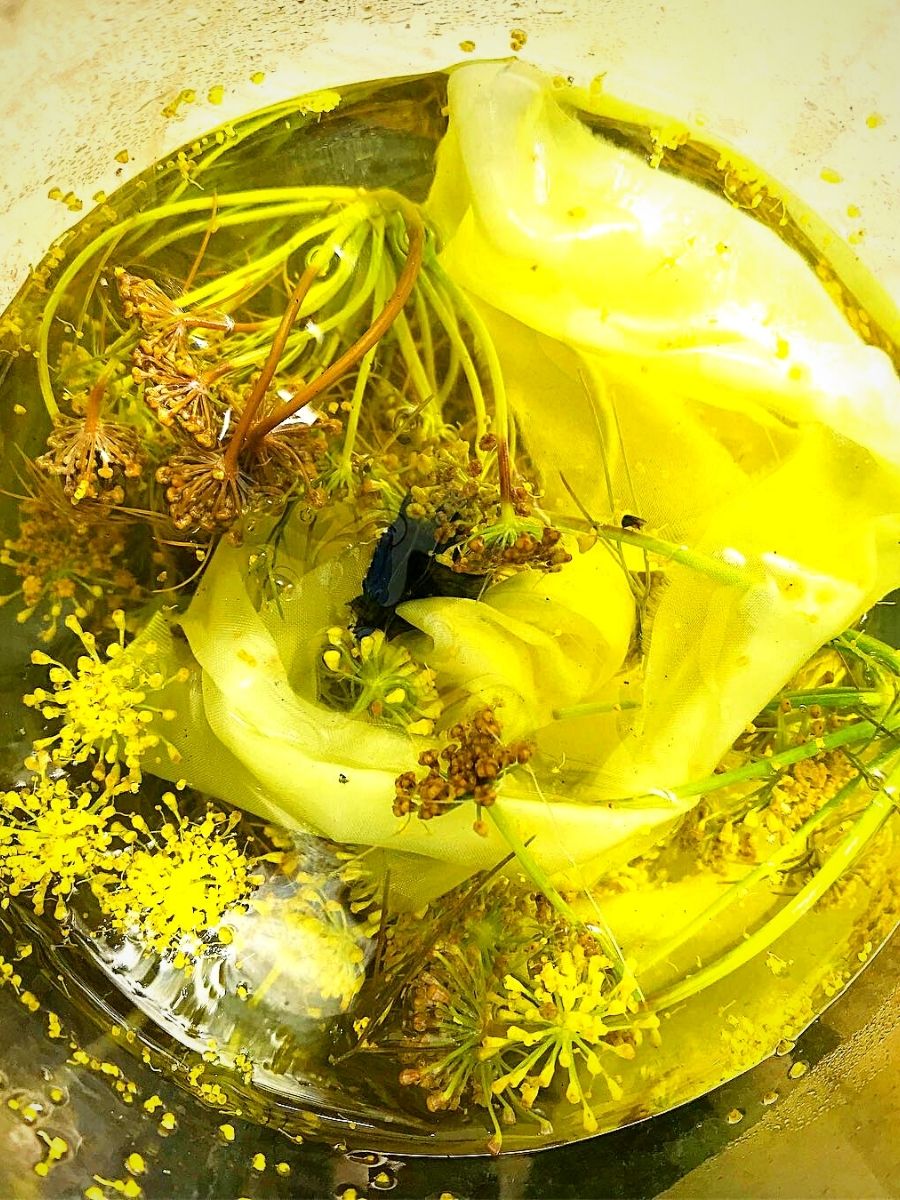
Food Waste
Sasha also embraces the concept of ‘food as dye’ and repurposes kitchen scraps and food waste to produce rich hues. Materials such as onion skins, pomegranate rinds, avocado pits, and citrus peels can be transformed into natural dyes, offering a sustainable alternative to discarding these organic remnants.
These are just a few examples of the plant-based materials that she uses in her dye creation process, through the innovative approach that encourages the exploration of locally available resources, emphasizing the importance of sustainable practices and the potential for beauty in the natural world.
Her Books, Publications, Educational Initiatives, and Collaborations
Sasha’s expertise is captured in her notable books, which are, indeed, valuable resources for anyone interested in natural dyes and sustainable practices. ‘The Handbook of Natural Plant Dyes’, is a comprehensive guide that explores the art of dyeing with plant-based materials, providing step-by-step instructions and insights into various dyeing techniques.
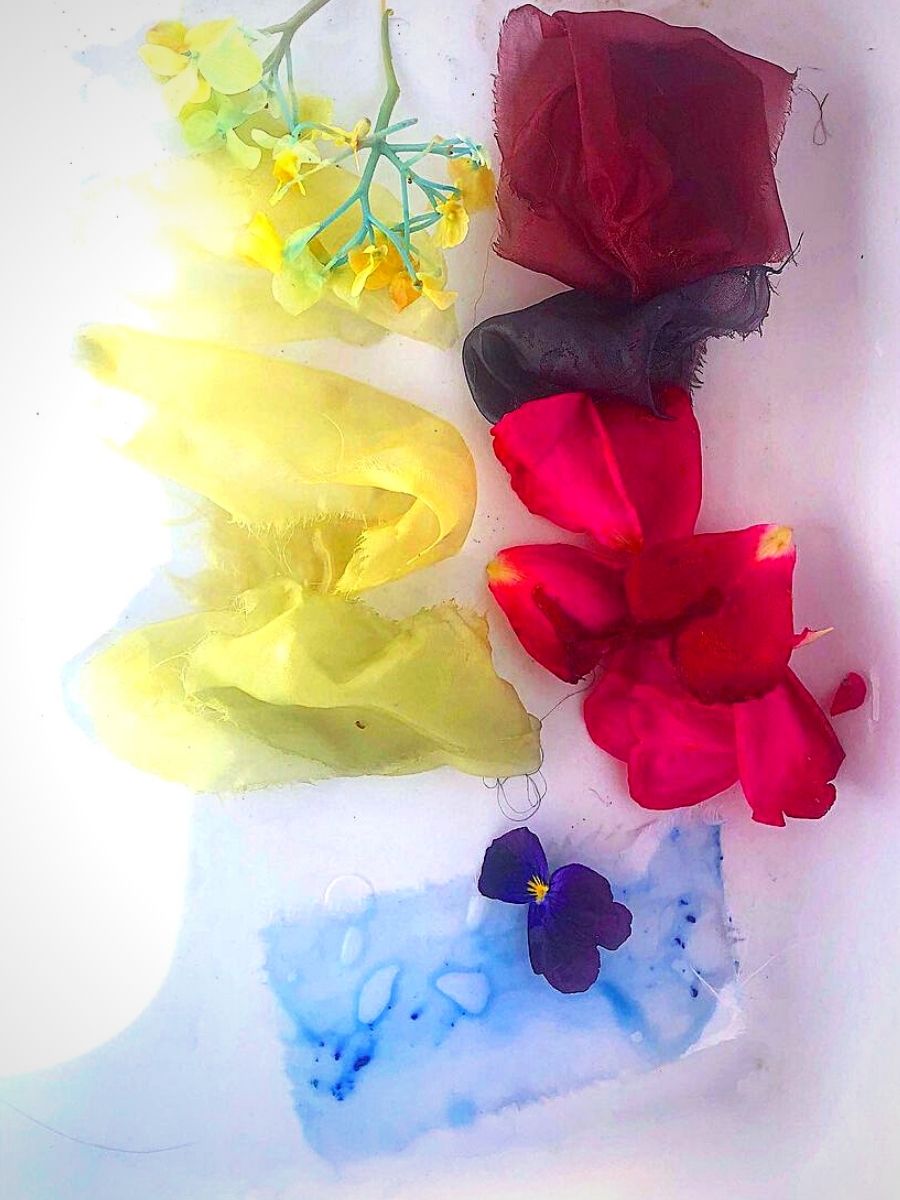
Her second book, ‘Natural Color’ explores the intersection of slow food, slow fashion, and natural dyes. It showcases her innovative approach to color creation and highlights the environmental and social impact of using natural dyes.
Sasha’s other publication named ‘Natural Palettes’ features a fascinating collection of color palettes and essays that connect colors with landscapes, medicinal plants, lifestyle experiences, and more.
She is also the author of the book ‘Natural Color: Vibrant Plant Dye Projects for Your Home and Wardrobe’, which features a beautifully photographed guide to the full range of plant dyes available, drawn from commonly found fruits, flowers, trees, and herbs, with accompanying projects. In the book, using sustainable methods and artisanal techniques, Sasha details realizable ways to apply the infinite color possibilities to homes and wardrobes. The book is organized by season and includes recipes to dye everything from dresses and sweaters to rugs and napkins.
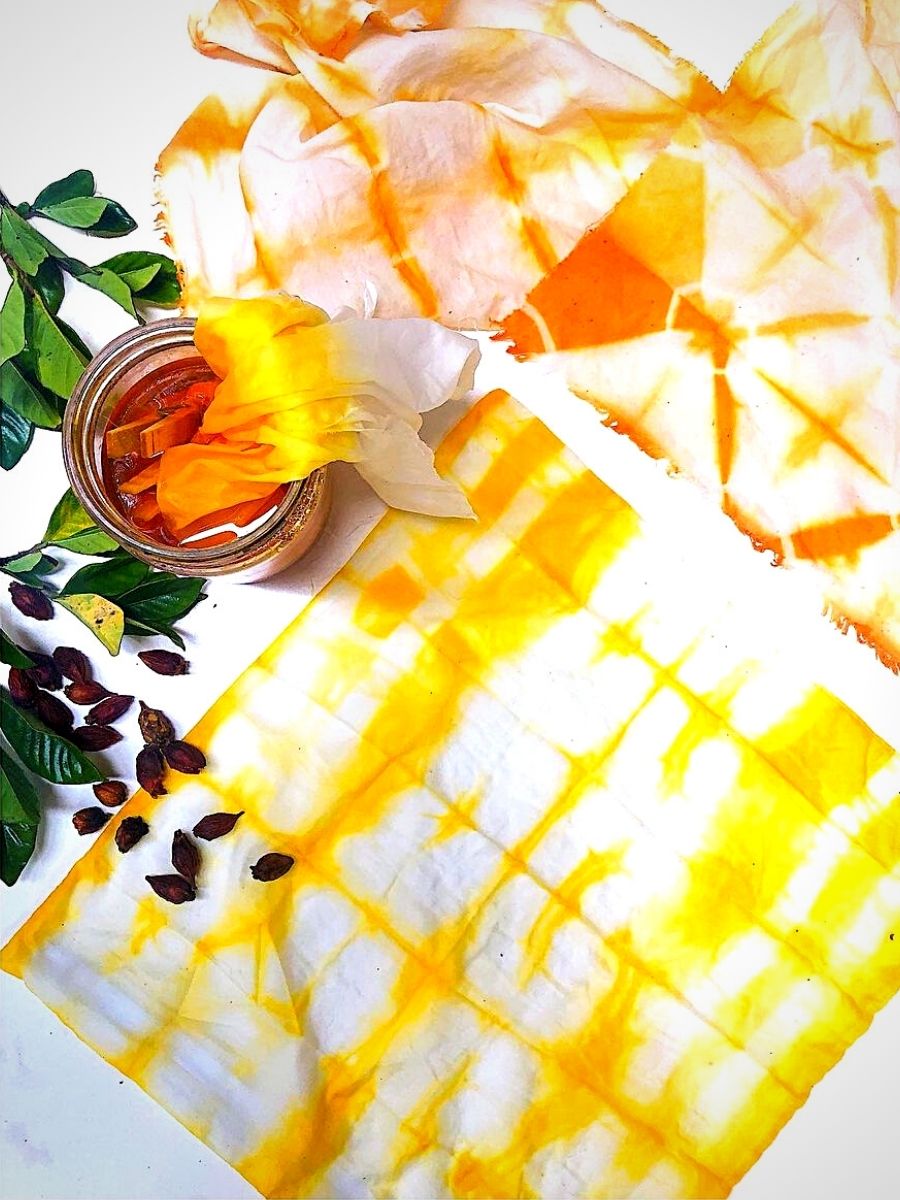
As an Adjunct Professor at the California College of the Arts, she has, also, played a key role in shaping the curriculum and teaching courses in the intersection of natural color, slow food, slow fashion, and social practice. Also, she conducts workshops and events to share her knowledge and empower people to explore the world of natural dyes.
Her partnerships with like-minded organizations such as Fibershed and Greenpeace further strengthen her influence, as she works towards creating a more sustainable and conscious textile industry.
In 2007, she also founded the Permacouture Institute to encourage the exploration of regenerative design practices for fashion and textiles.
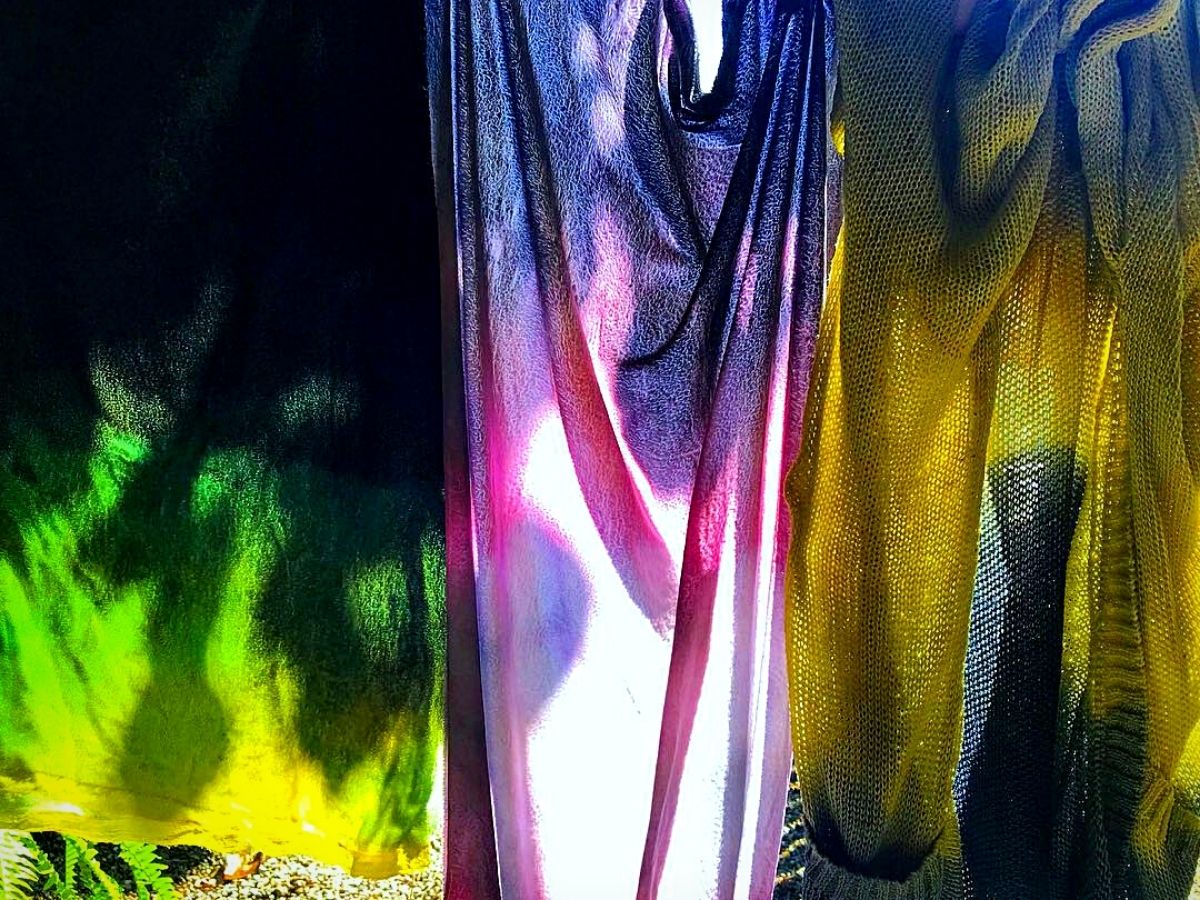
Her Recognition and Influence
Sasha’s pioneering work has gained great recognition and acclaim. Her plant-based color palettes and regenerative design practices have been displayed in galleries and museums across the US and overseas.
Her innovative approach has, also, been featured in publications including the New York Times, American Craft Magazine, Domino, and Elle Decor UK. This approach has caught the attention of both professionals and enthusiasts.
What’s more, her appearances on podcasts like Sustainable World Radio and Green Dreamer have also enabled her to reach a wider audience, increasing awareness of the power and potential of natural dyes.
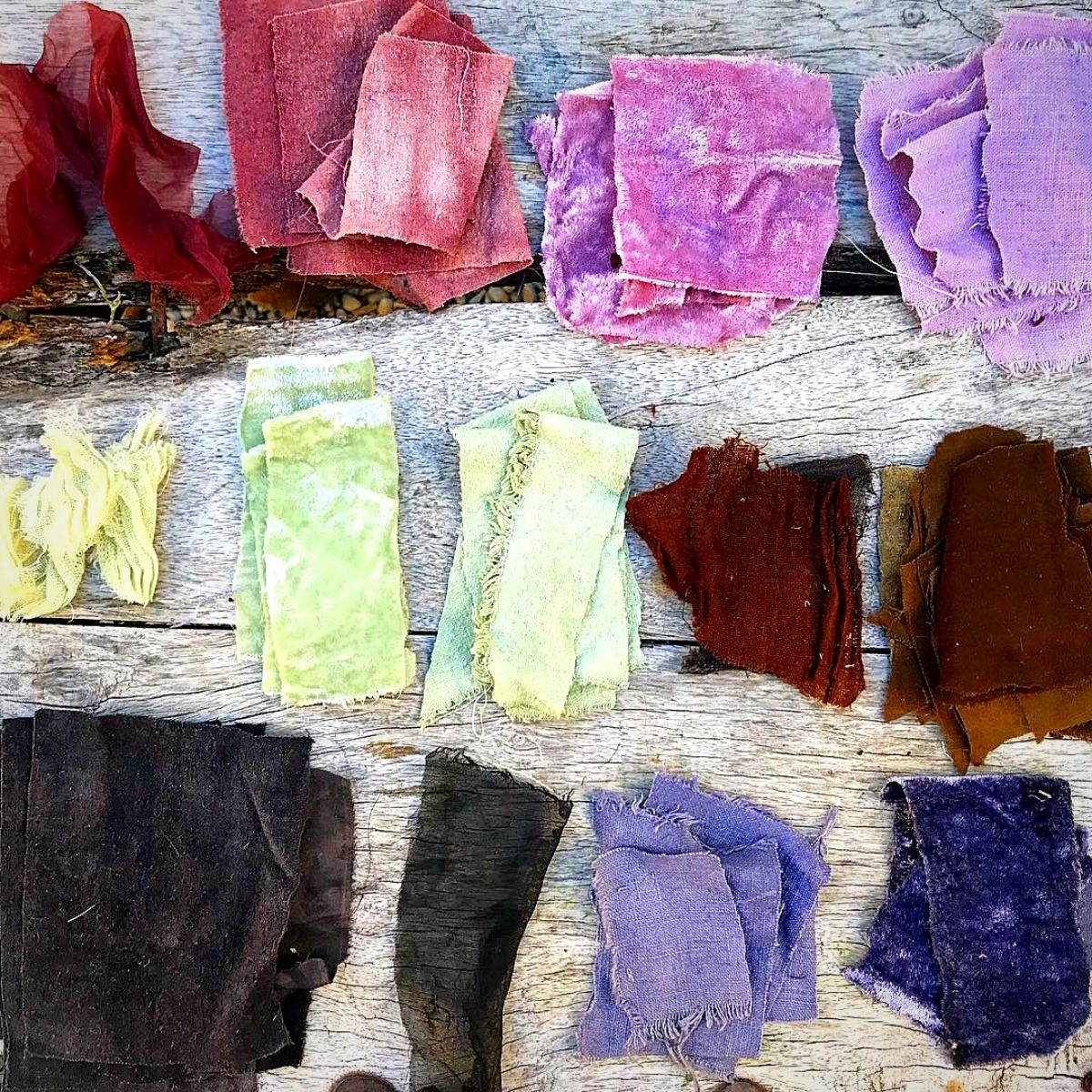
Her success in all these endeavors, she says, is attributable to her passion for sustainable fashion and her commitment to using natural materials.
All photos by natural plant dyer, artist, author, and alchemist, Sasha Duerr (@sashaduerr).

